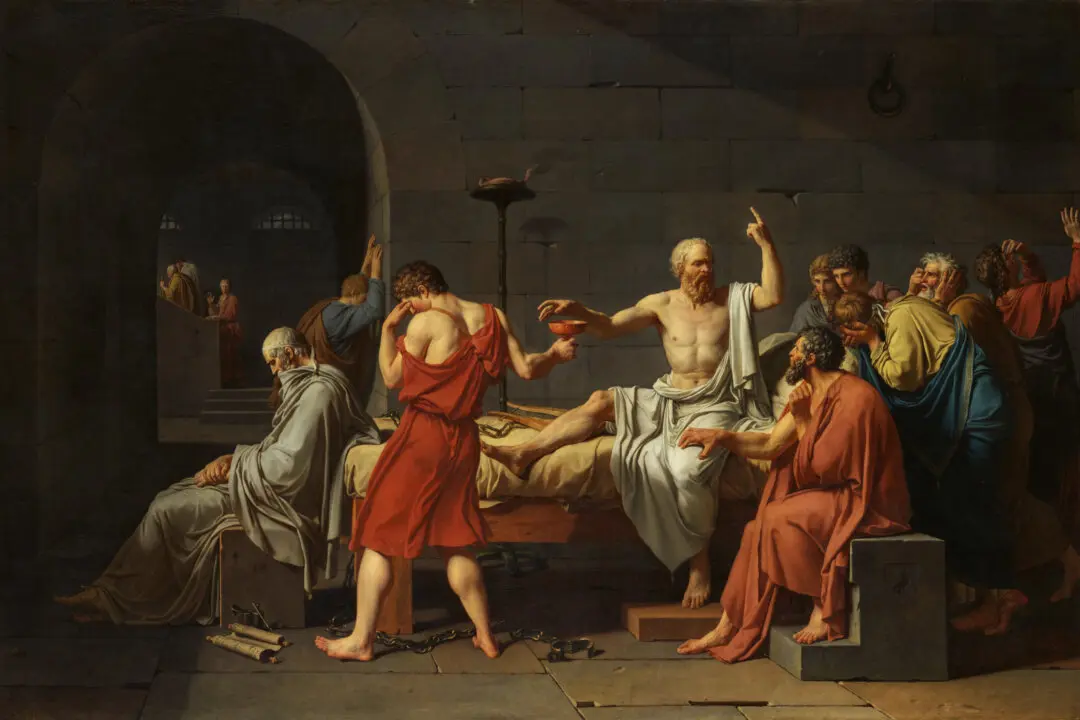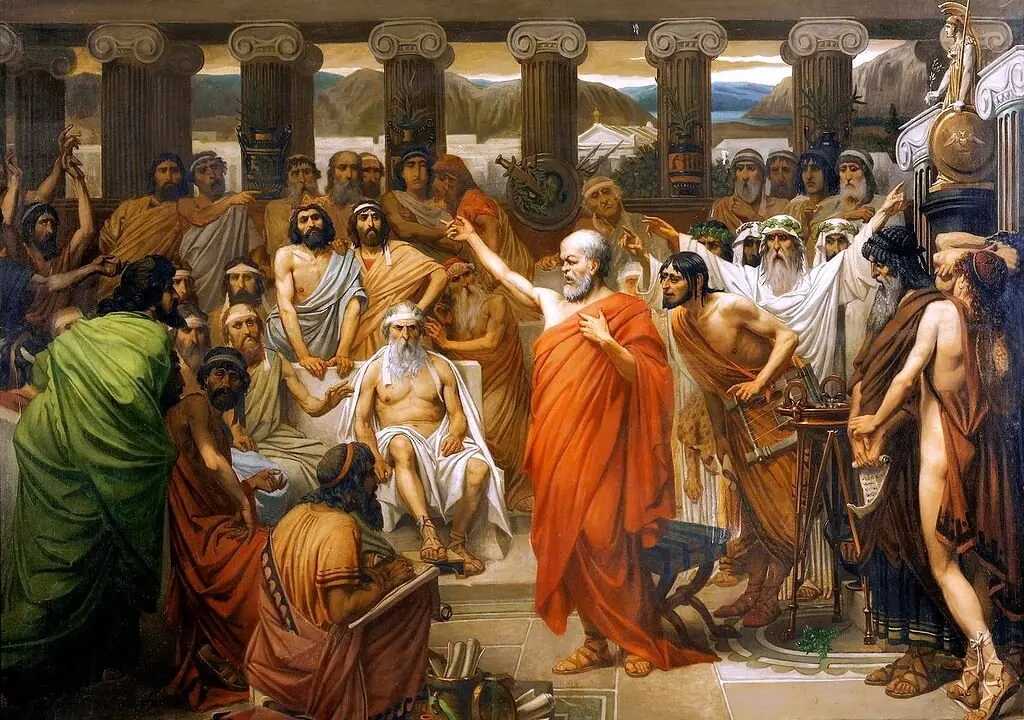Whenever I visit the home of a friend or acquaintance, I make a point of looking at two things. One of them is their library.
One can learn a great deal about someone simply by checking out the books on their shelves, I’ve found. Are they filled with books on how to make money or sci-fi? Are the crime thrillers written by John Grisham and James Patterson or Capote or Mailer?






